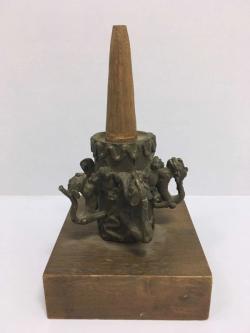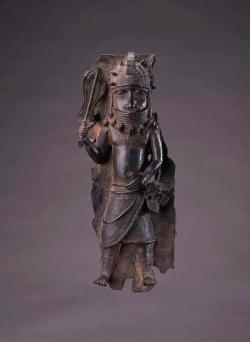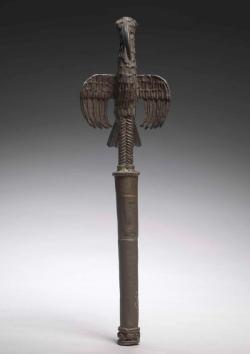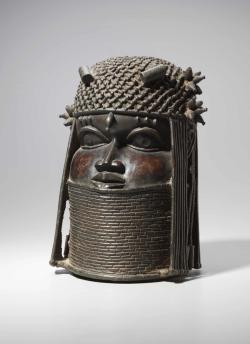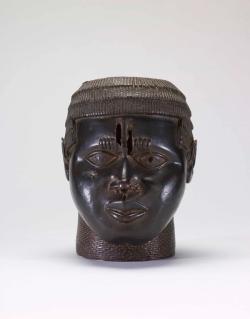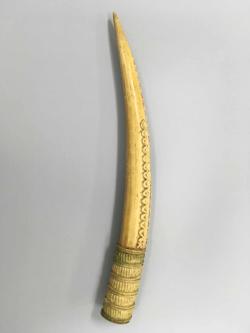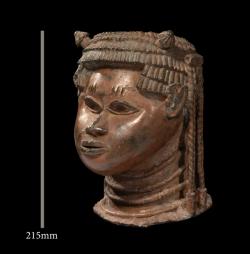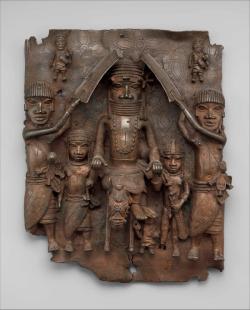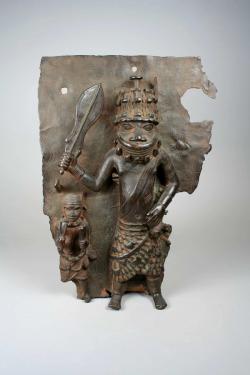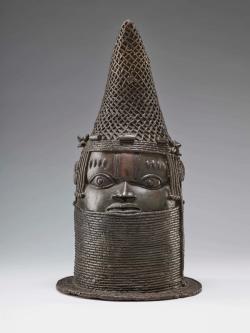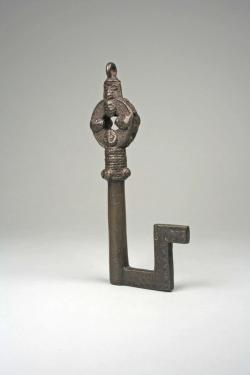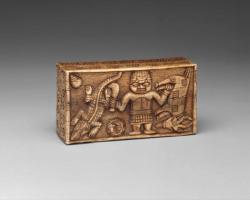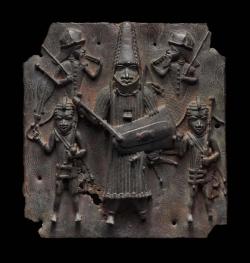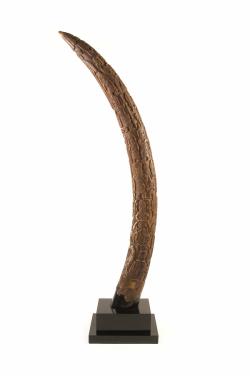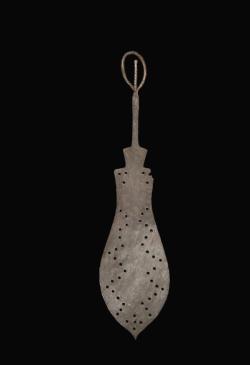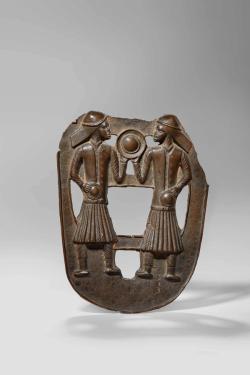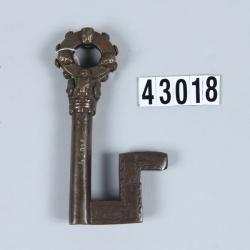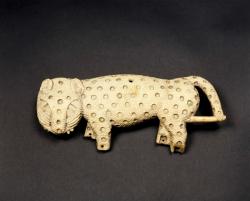Provenance
Ratton, Charles Alfred Marius (1895-1986)
Description
Expert and dealer in ‘extra-European’ arts, Ratton built a large network of customers in France, Germany, Switzerland and the United States and was responsible for the first sales and exhibitions of so-called primitive arts. For a few years after 1930, he associated with the art dealer Louis Carré, with whom he organised sales and exhibitions. As part of their collaboration as the ‘Carré-Ratton firm’, they bought objects using common funds. After the firm dissolved, the objects they had not sold were shared between them.
Read moreTitles
Mr.
Places of contact
London, UKContain
Expand
